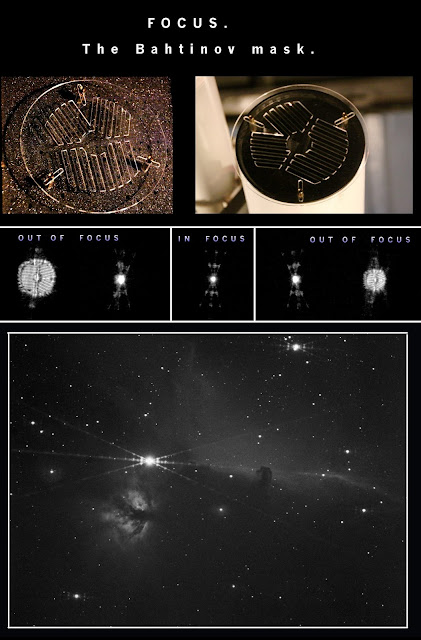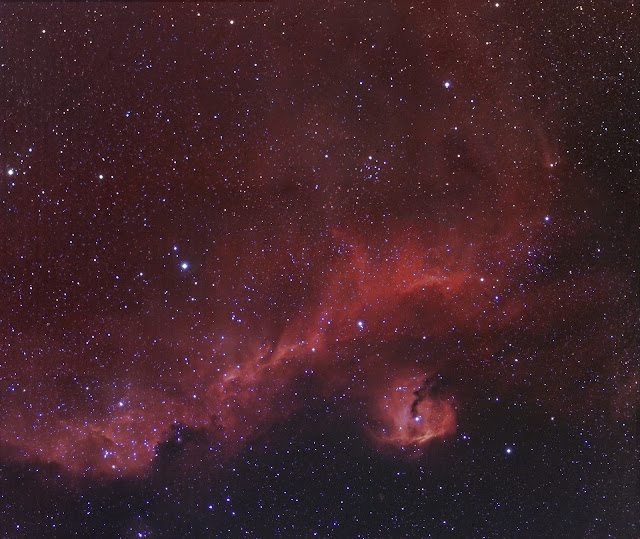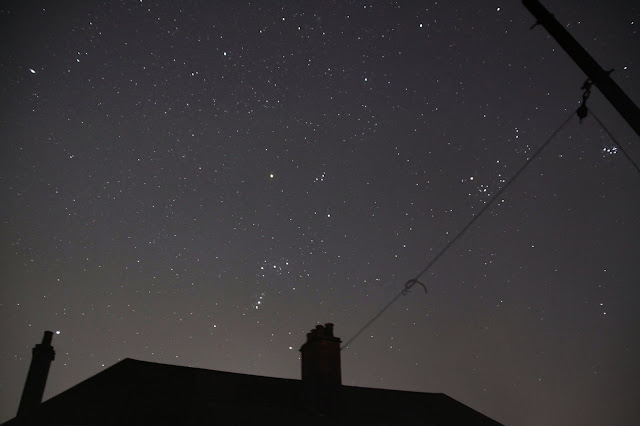This image of M42 contains old and new data. 30 minutes using RGB filters, 6 hours and 10 minutes using a H A filter, 2 hours and 45 minutes using an O111 filter. 2 hours and 10 minutes using a S11 filter and an additional 60 minutes using a H Beta filter . The data were captured using a 4 inch F/6.3 refractor , a Vixen Atlux mount and an Atik 383L mono CCD camera .

NGC2359 . Thor 's Helmet nebula. This emission nebula lies in the constellation of Canis Major at about 11.000 light years away from us and is about 25 - 30 light years across . I took this image on 4 separate evenings using my 10 inch f/4.8 reflector, a Vixen Atlux mount, PHD auto guiding, a set of Astronomik RGB and narrowband filters , HA. O111 , S11. I captured 5 minute sub frames with matching dark frames and combined them with flat field frames to reduce the effect of noise and vignetting in the final image. The total exposure time was 3 hours 30 minutes using a H A filter, 90 minutes using a S11 filter, 1 hour using an O111 filter and ten minutes using a blue filter. A total exposure time of 6 hours and 10 minutes.

































